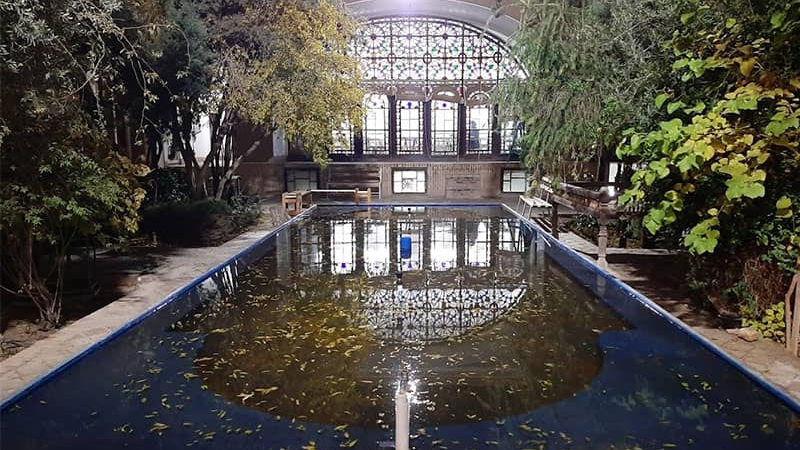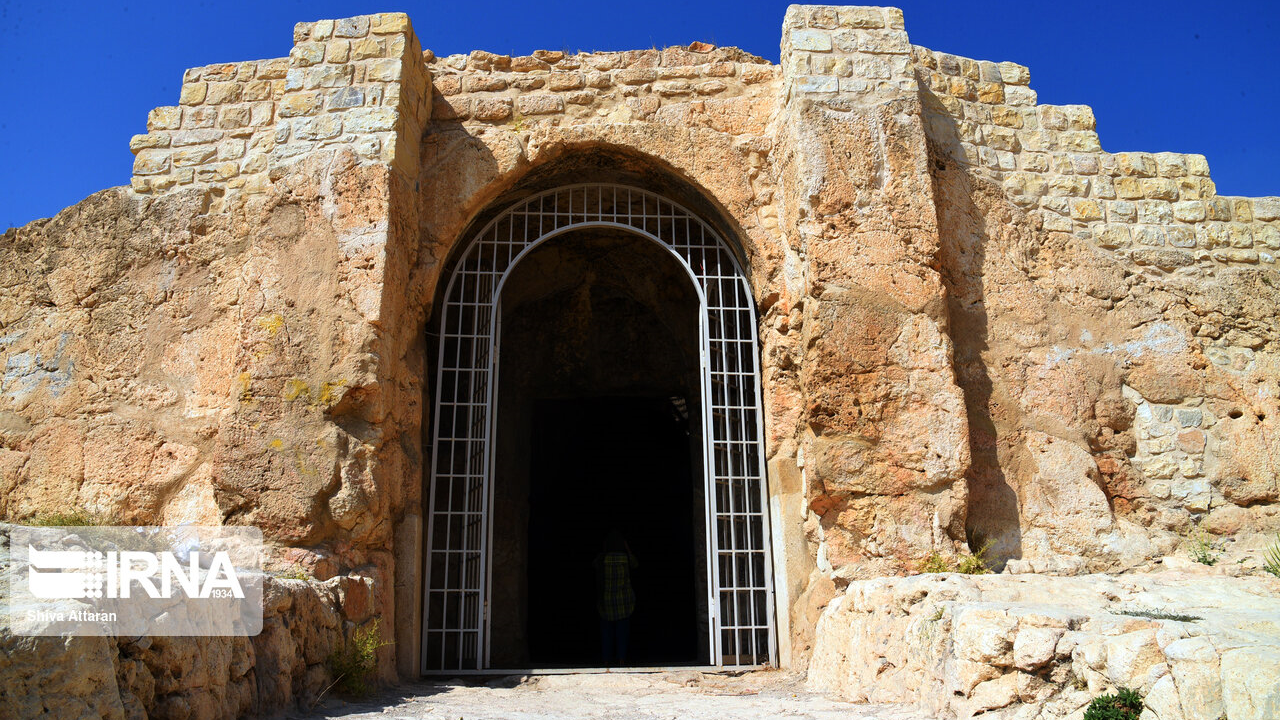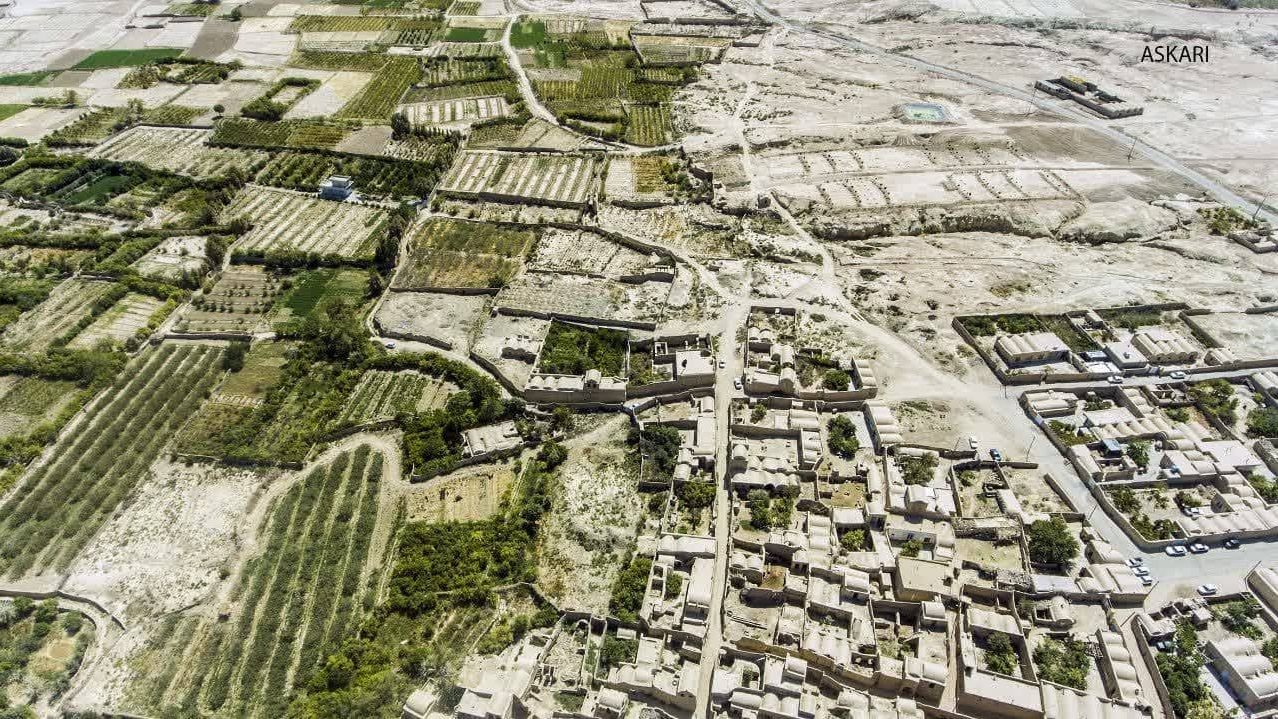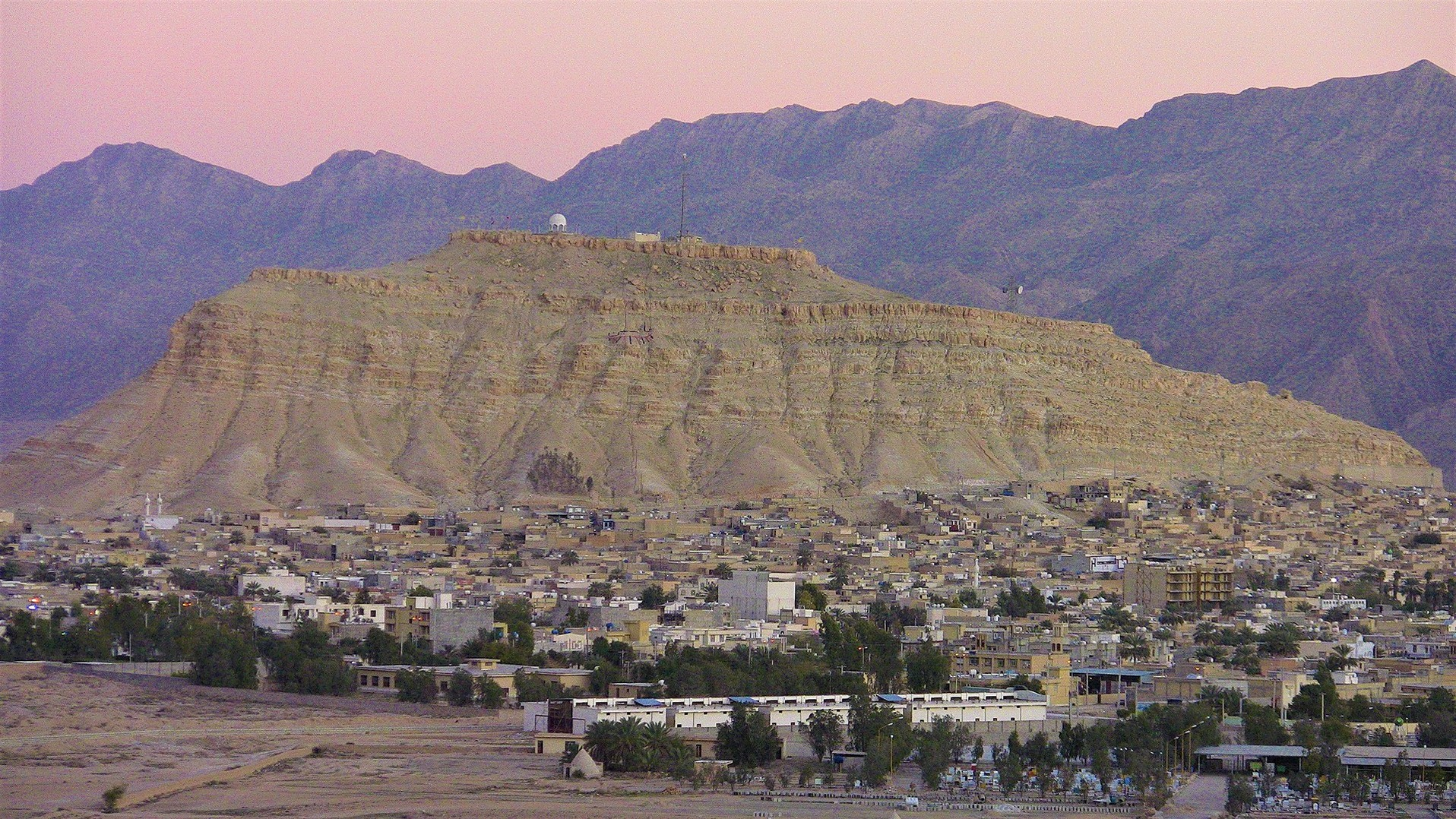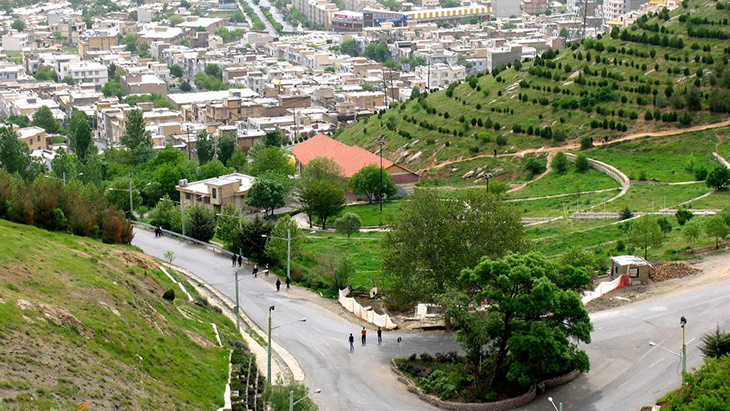
Jamalabad Caravanserai
Iranian caravanserais were guest houses where caravans used to rest during their trade journeys. The travelers usually had a short stop in these caravanserais - one or a few nights - which were considered a place for cultural and economic exchanges, and sometimes during these short stops, different caravans engaged in trade with each other. The size and structure of Iranian caravanserais differed according to their geographical location and importance. The Iranian caravanserais in different provinces of Iran can be described as locations for the coexistence of man and nature and the formation of the best way of using facilities to provide services to travelers.
Jamalabad Caravanserai of Mianeh is one of the Iranian caravansaries located in the northwest of Iran, in the province of East Azarbaijan. This caravanserai is known as “Jamalabad” because of being near a village with the same name. The geographical location of Jamalabad Caravanserai had made it a strategic position for the passengers who traveled from Europe to Iran. Because of this geographical location, many European tourists had stopped at this caravanserai when entering Iran and have mentioned it in their travelogues.
History and Features of Jamalabad Caravanserai
The construction of Jamalabad Caravanserai dates back to the Ilkhanate era (1256 to 1356 AD). According to some evidence, this building was probably used as a Chapar Khaneh (a place for providing postal services) in the 14th century AD (8th century AH). During the Safavid era (16th and 17th centuries AD), the Iranian caravanserais were renovated with the aim of creating security on the roads and boosting trade.
According to a stone inscription located above the entrance gate of the caravanserai, Jamalabad Caravanserai was renovated on the order of Shah Abbas II (reigned from 1642 to 1662 AD) in 1065 AH (1655 AD). Using of this caravanserai as a resting place for travelers continued until the beginning of the Pahlavi era (1930s AD). At that time, the road that connected Tabriz to Tehran passed near the caravanserai. Later on, however, a new road was built on another route, and with the construction of this new road the old one was abandoned, and Jamalabad Caravanserai was also deserted. It was in the 2000s AD, that this caravanserai was once again renovated and restored to its present form.
Jamalabad Caravanserai was built with four porches. In this architectural style, a large central courtyard was surrounded by rooms that were used by travelers. The rooms were also connected to the courtyard through a covered area called the porch. The porch was a place for the caravans to rest and sometimes to trade their goods. This caravanserai has an area of 2,852 square meters, and from this point of view, it is considered one of the largest caravanserais in the northwestern region of Iran. Four circular towers are located on four sides of the caravanserai. In addition to strengthening the building, these towers were a place for guarding and lighting fires at night to guide caravans.
Jamalabad as Described by Foreign Tourists
In his travelogue, Jean Chardin, a French traveler, attributed the construction of the building to the year 733 AH (1332 AD) and mentioned a person named Ghiyathuddin Mohammad (the minister of the Mongol ruler, Sultan Abusa’id) as its founder. Chardin traveled to Istanbul and then Tabriz in 1665 and continued his journey from Qazvin to Qom and Kashan. Chardin stayed in Isfahan for 18 months and finally left Iran by sea by going to Bandar Abbas. He traveled to Iran two more times during his lifetime.
Giovanni Francesco Gemelli Carreri, an Italian traveler, visited Jamalabad Caravanserai in 1694. He has described this caravanserai as a large building with dimensions of 50 x 60 meters. Jean-Baptiste Tavernier was another famous French tourist who traveled to Iran six times during his lifetime. On his last trip in 1663 AD, he visied the Jamalabad caravanserai and wrote about it in his travelogue.
Maurice Dukotzbue, a German traveler, went to Tabriz in 1234 AH (1819 AD) during the period of Fath Ali Shah Qajar (reigned from 1797 to 1834 AD) and visited Jamalabad Caravanserai on his way. He has stated that the age of the caravanserai at that time was 520 years.
Jamalabad Caravanserai was inscribed on the list of Iran’s national heritage in the year in 2002. In 2023, the names of 54 Iranian caravanserais were also inscribed on the UNESCO World Heritage List, one of which is Jamalabad Caravanserai of Mianeh.
Iranian caravanserais were guest houses where caravans used to rest during their trade journeys. The travelers usually had a short stop in these caravanserais - one or a few nights - which were considered a place for cultural and economic exchanges, and sometimes during these short stops, different caravans engaged in trade with each other.
تاریخچه و ویژگیهای کاروانسرای جمالآباد
کاروانسرای جمالآباد به روایت سیاحان خارجی
ثبت ملی و جهانی کاروانسرای جمالآباد
| Name | Jamalabad Caravanserai |
| Country | Iran |
| State | East Azerbaijan |
| City | Miyaneh |
| Type | Historical |
| Registration | Unesco |
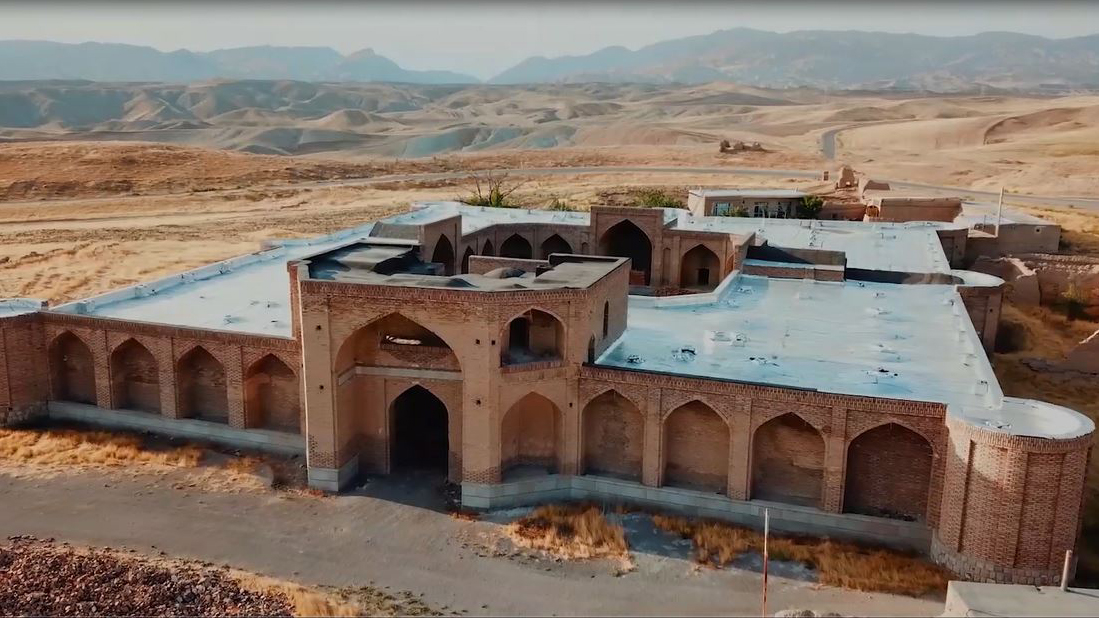
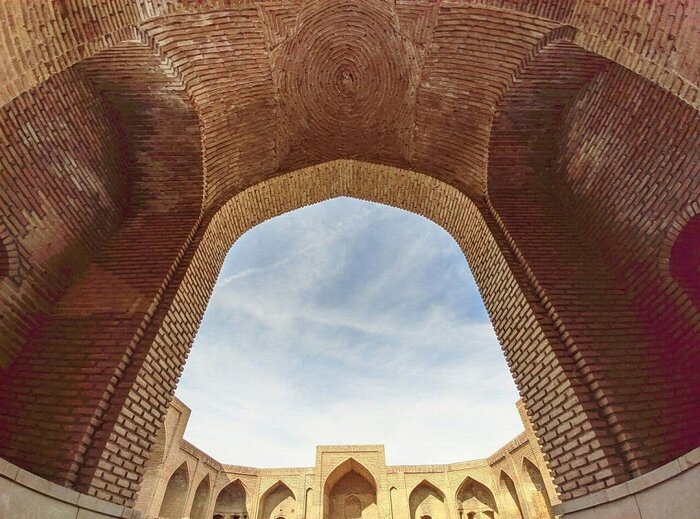

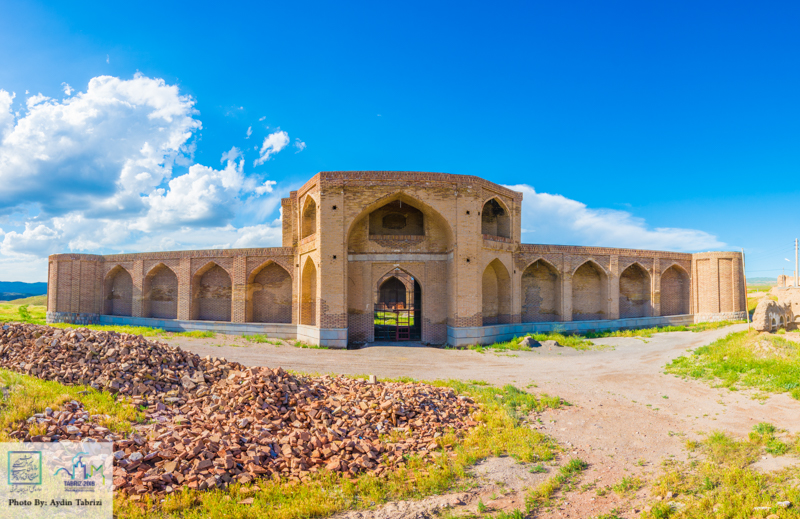
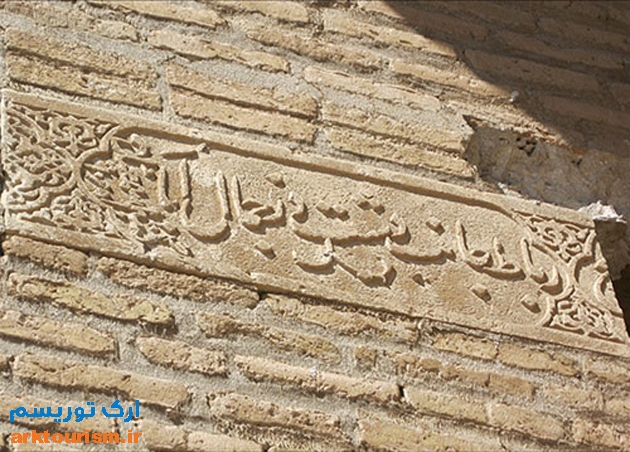





Choose blindless
Red blindless Green blindless Blue blindless Red hard to see Green hard to see Blue hard to see Monochrome Special MonochromeFont size change:
Change word spacing:
Change line height:
Change mouse type:
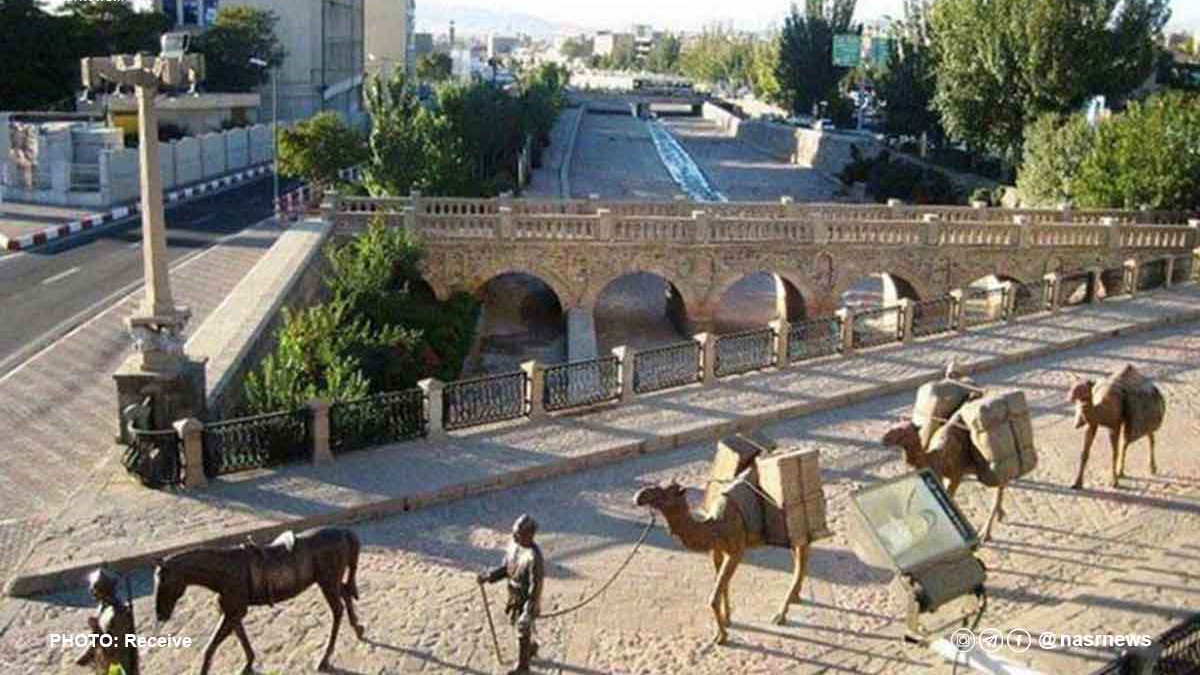

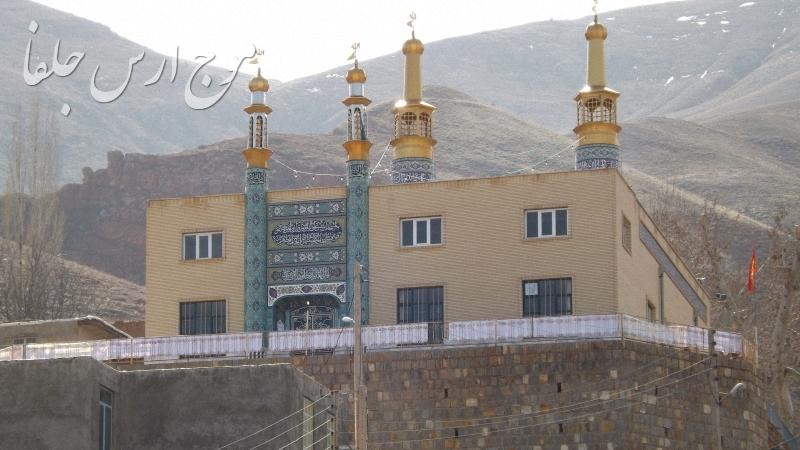
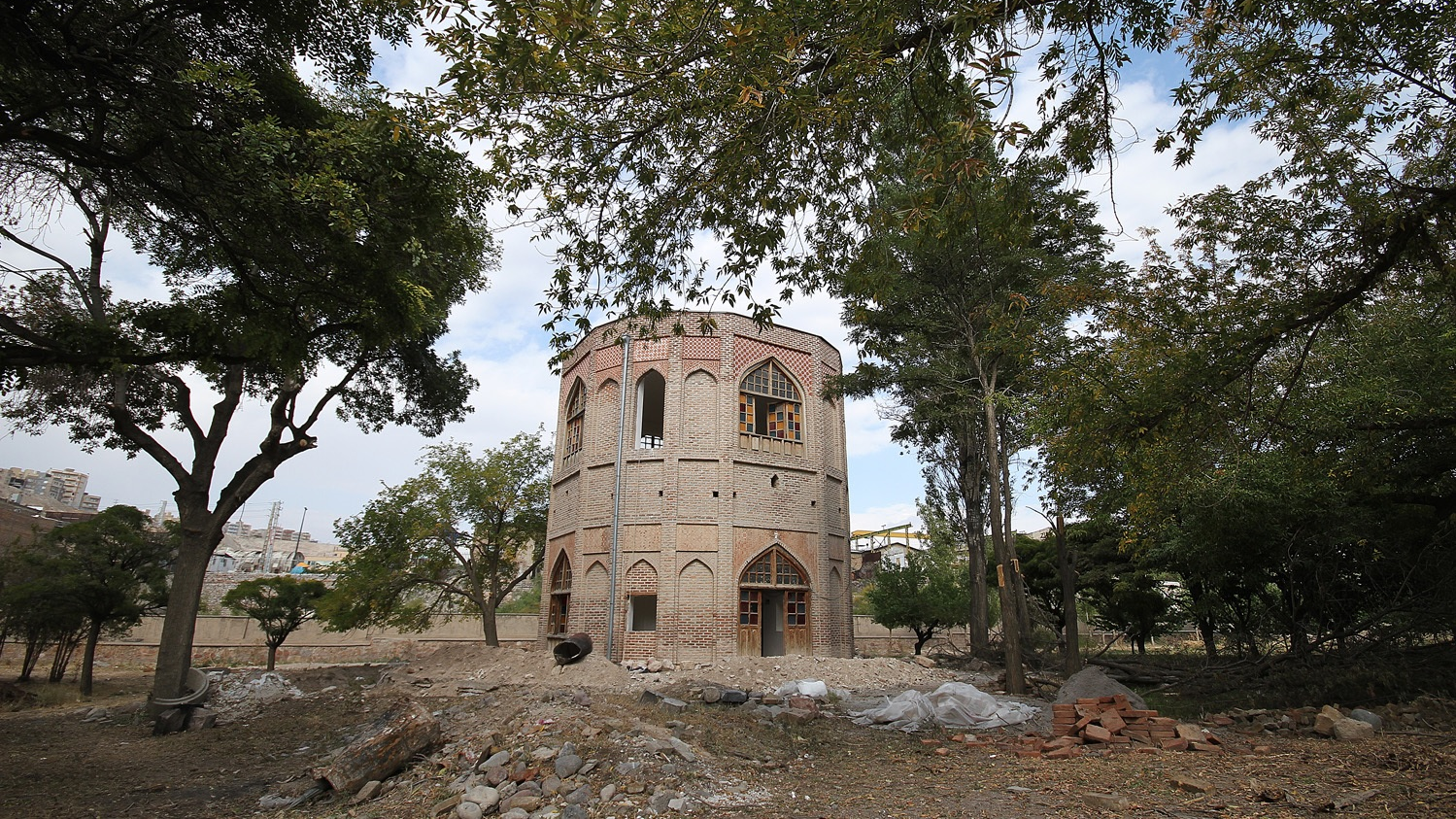

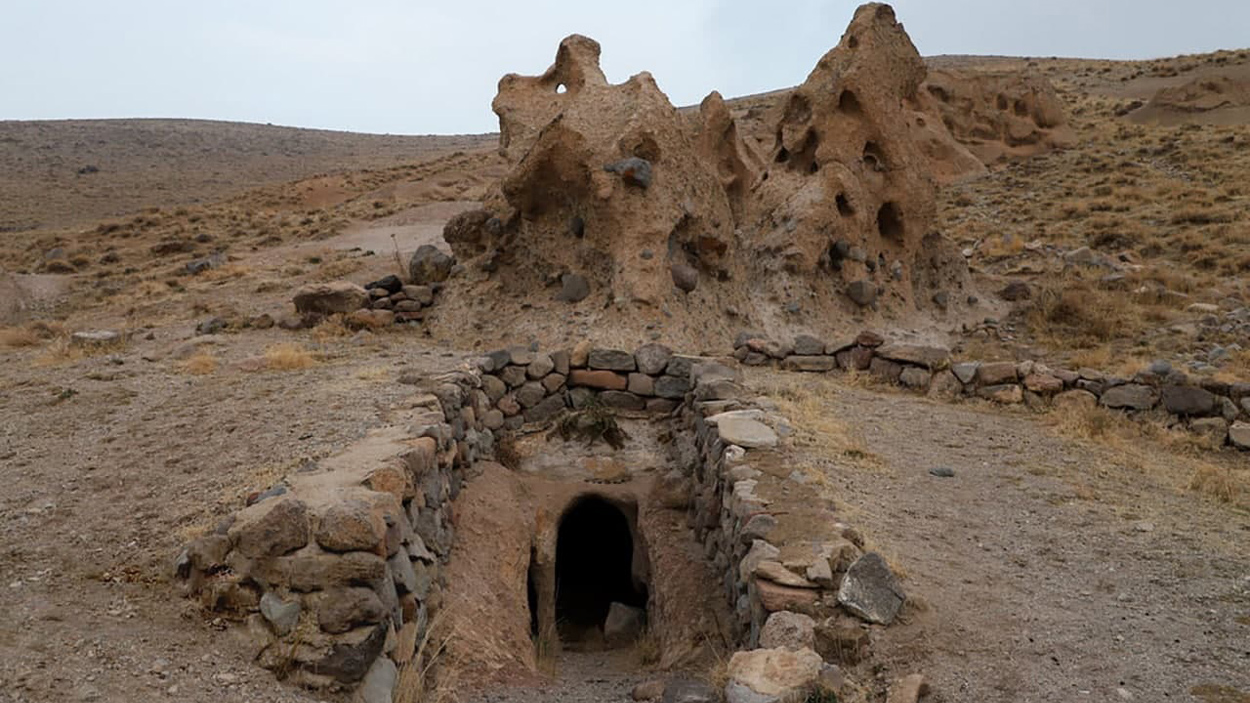
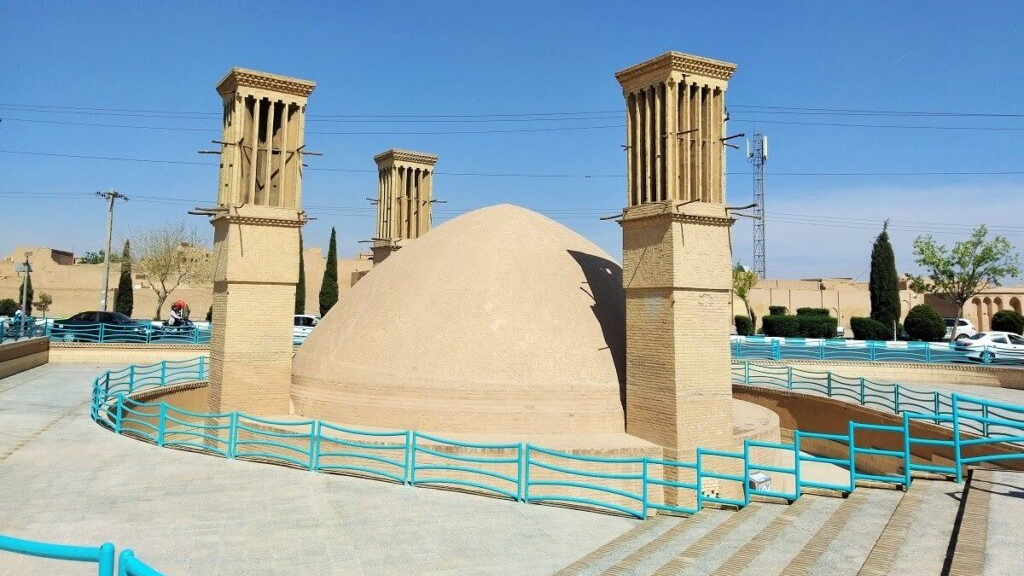
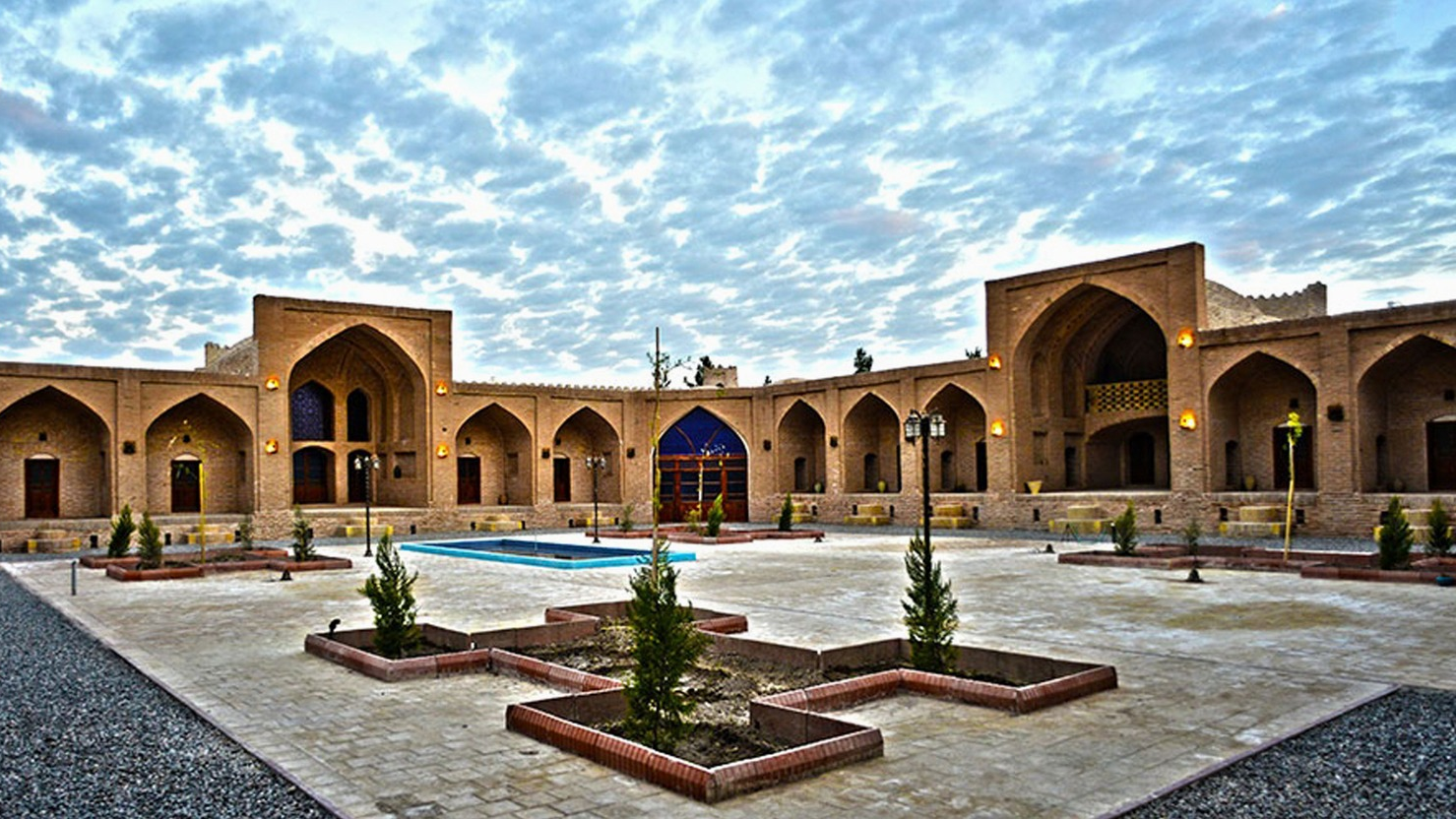
-k- main.jpg)
